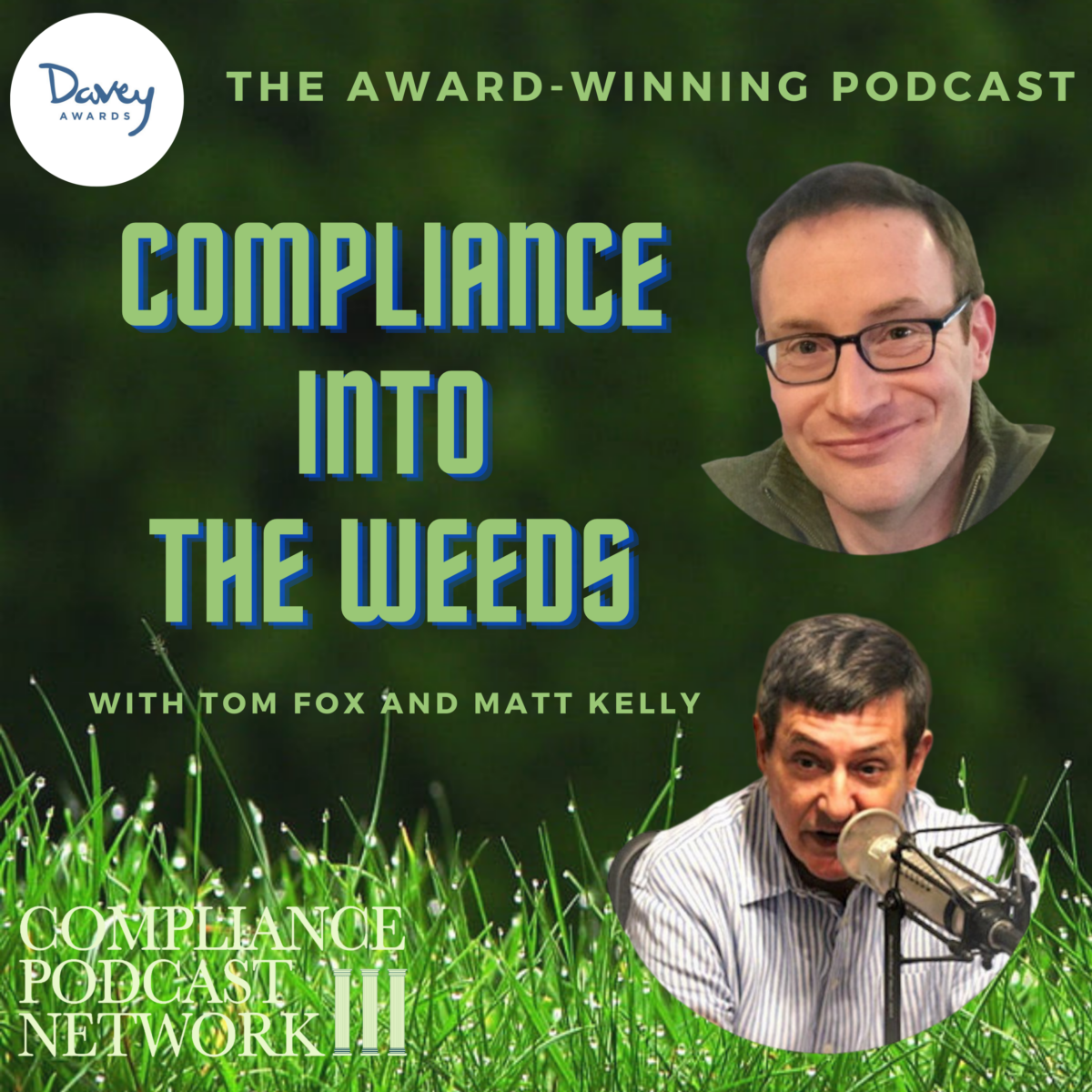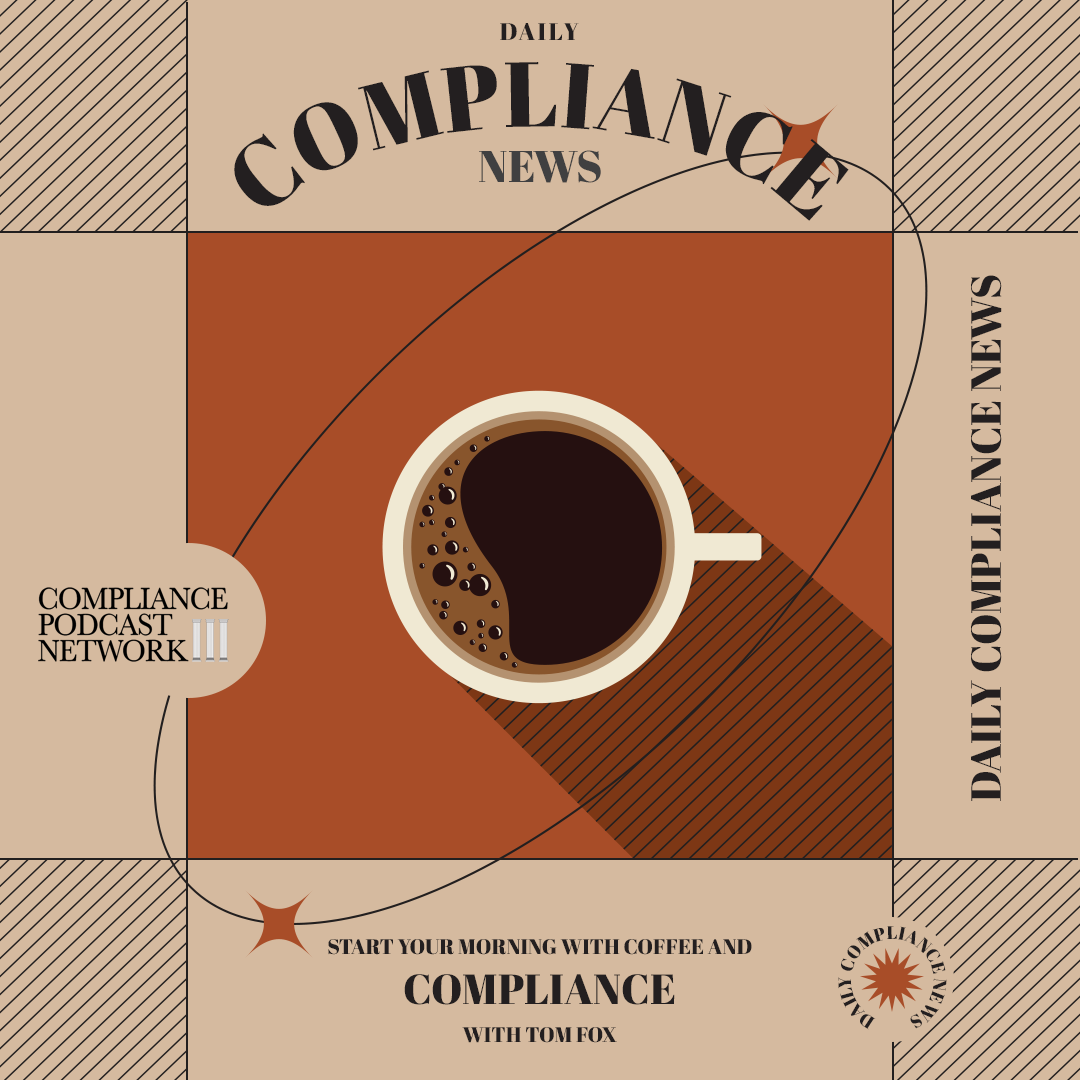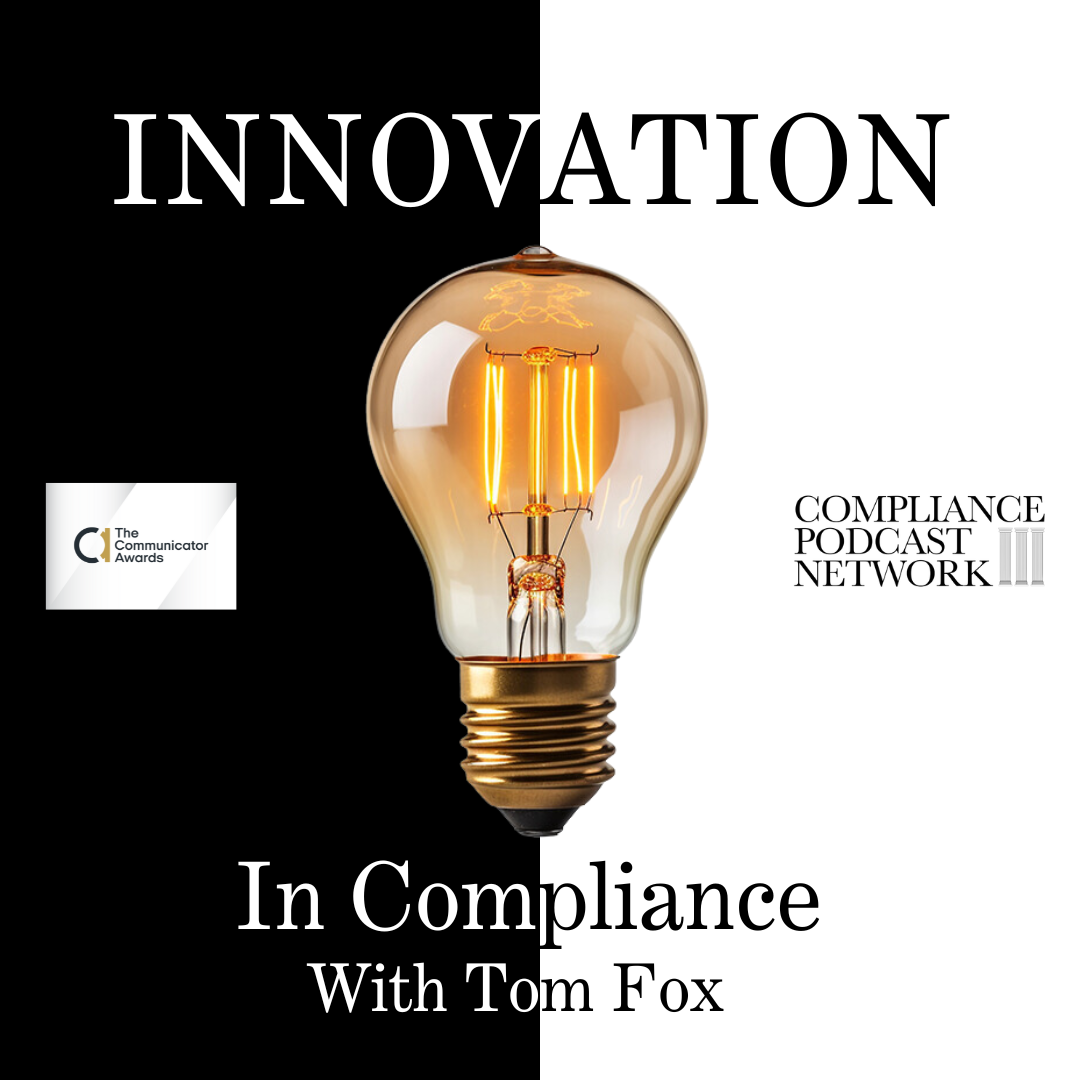Last week, I looked at five things a Chief Compliance Officer (CCO) or compliance professional could do at little or no cost to ‘Up Their (Compliance) Game.’ I want to continue this theme this week but want to tackle it differently. I will look at five innovations for compliance professionals around Artificial Intelligence (AI). AI has moved from an emerging trend to a fundamental component of modern corporate compliance programs. Today, I want to examine how compliance can use next-generation predictive analytics for your overall risk management process.
Predictive analytics tools have become more sophisticated, allowing compliance teams to move from reactive enforcement to proactive risk mitigation. By leveraging machine learning models, companies can expect compliance risks based on historical data, employee behavior, and external factors like geopolitical instability or regulatory changes. This approach enables organizations to allocate compliance resources more effectively and address emerging risks before they escalate.
The ability to predict and prevent compliance failures before they occur is a fundamental change. AI-driven predictive analytics help organizations identify patterns of misconduct, assess third-party risks, and enhance fraud detection. Regulators are also increasingly emphasizing the importance of data-driven compliance programs, with the DOJ’s latest guidance on corporate compliance highlighting the need for real-time monitoring and risk assessments.
Predictive Compliance Enhances Proactive Risk Mitigation
Predictive analytics transforms traditional AI methods to analyze vast data sets, identify patterns, and forecast potential risk areas before they escalate into full-blown violations. This proactive stance empowers companies to take decisive action ahead of time, mitigating risks, reducing the frequency of compliance breaches, and ultimately safeguarding the organization from financial penalties and reputational damage. When discussing predictive compliance analytics, we are talking about a paradigm shift. No longer are compliance teams simply reacting to incidents as they occur; instead, they are actively scanning the horizon for early warning signals. This foresight allows companies to allocate resources more efficiently, tailor their monitoring efforts to emerging trends, and address compliance issues at the root before they evolve into systemic problems.
Embracing this technology streamlines internal processes and solidifies an organization’s commitment to regulatory adherence, building stakeholder trust and reinforcing its reputation as an industry leader. It calls all corporate compliance professionals to invest in robust AI tools and predictive analytics to stay one step ahead. In an era where non-compliance costs are high, predictive compliance is not just an operational upgrade; it is a strategic imperative that enables organizations to preempt violations, strengthen their internal controls, and create an agile, forward-thinking compliance culture built to last.
The Future is Now in AI-Driven Predictive Analytics in Risk Management-Mastercard
The challenge was that Mastercard needed a proactive approach to detect fraudulent transactions and mitigate compliance risks in its vast payment network. The solution it came up with was to implement an AI-driven predictive analytics model that detects suspicious activity in real time by analyzing billions of transactions and identifying anomalies. The outcome was that fraud detection rates improved by 40%, reducing regulatory risk while enhancing customer trust and compliance with financial crime regulations. For compliance professionals striving to navigate the complex landscape of modern regulatory environments, the Mastercard case offers several critical lessons for compliance professionals.
1. Predictive Compliance is the Future
Mastercard’s success illustrates that predictive analytics is not simply a technological upgrade—it’s a strategic imperative. Compliance departments must invest in systems that monitor and predict. When you can anticipate a fraudulent transaction before it occurs, you gain invaluable time to implement remedial measures.
2. Regulators Expect Real-Time, Data-Driven Oversight
The landscape of regulatory oversight is evolving rapidly. Agencies like the DOJ, SEC, and FCA increasingly demand that companies move beyond periodic reviews and adopt real-time monitoring systems. In this context, AI-driven predictive analytics is not a luxury; it’s a necessity. Organizations that fail to implement such technologies risk regulatory penalties and a loss of market credibility. The Mastercard example serves as a clarion call: regulatory bodies are watching and expect data-driven compliance that leaves no stone unturned.
3. Integration of AI and Human Judgment is Critical
While AI can process vast amounts of data at lightning speed, it is not infallible. The human element remains essential in interpreting AI-generated insights. Corporate compliance professionals must ensure a seamless integration between sophisticated algorithms and experienced human judgment. Technology is a powerful tool, but it must be wielded by hands that understand the nuances of ethics, fairness, and regulatory intent. This means that a balanced approach, where AI identifies patterns and humans validate them, can lead to more robust compliance outcomes.
4. Enhancing Third-Party Risk Management
A significant part of any company’s risk profile comes from its network of third-party partners. Mastercard’s deployment of AI-driven predictive models also included monitoring third-party activities and enhancing its risk assessment capabilities. Compliance professionals should note that predictive analytics can extend beyond internal processes to encompass suppliers, vendors, and other external entities. By applying the same rigorous standards across the board, organizations can mitigate risks associated with external compliance breaches and ensure a holistic approach to risk management.
5. Early Adoption Creates Competitive and Ethical Advantages
Mastercard’s early adoption of AI-driven fraud detection positioned it as a leader in risk management and an ethical champion in the fight against financial crime. Early adopters of predictive compliance systems gain a dual advantage: they reduce immediate risks and build a reputation for being proactive and responsible. This attracts customers, investors, and regulators alike. For corporate compliance professionals, the lesson is clear: waiting to embrace innovation is a luxury that few can afford in today’s fast-paced regulatory environment.
The Broader Implications for the Compliance Landscape
Beyond Mastercard’s specific successes, this case study reflects a broader trend in compliance management. Integrating AI into compliance operations is transforming the field, offering unprecedented opportunities to preempt and neutralize risks before they escalate into full-blown crises. As more organizations recognize the value of predictive analytics, we can expect a shift toward a more dynamic and responsive compliance culture.
The Mastercard example also underscores the importance of continuous innovation. Fraudsters are constantly evolving, and so must the systems designed to thwart them. Compliance professionals must foster an environment of perpetual improvement, where technology and processes are continually refined to meet emerging challenges. This proactive mindset is good for business and essential to upholding the ethical standards that form the backbone of any reputable organization.
Next-generation predictive analytics is revolutionizing corporate compliance by transforming the traditional, reactive approach into a proactive, forward-looking discipline. By leveraging advanced machine learning models, companies can expect compliance risks before they escalate, drawing on historical data, employee behavior, and external factors, such as geopolitical shifts and regulatory changes. This paradigm shift enables organizations to allocate resources more efficiently, address emerging risks at their root, and ultimately strengthen regulatory adherence while avoiding costly enforcement actions.
At the core of this transformation is predictive analytics’ ability to identify subtle patterns of misconduct and potential vulnerabilities in real-time. Instead of waiting for a compliance failure to occur, compliance teams are now empowered to detect warning signals early, implement timely interventions, and continuously refine their risk management strategies. The article emphasizes that such proactive measures safeguard an organization’s reputation and financial stability and build greater trust with regulators, investors, and stakeholders by demonstrating a commitment to ethical governance.
Ultimately, this forward-thinking approach to compliance is an operational improvement and a strategic imperative for staying ahead in a rapidly changing regulatory landscape. By embracing predictive analytics, organizations position themselves as industry leaders in risk management, fostering a culture of continuous improvement essential for ethical and sustainable business practices. This article serves as a rallying cry for corporate compliance professionals to harness these innovations, turning compliance challenges into competitive advantages.











